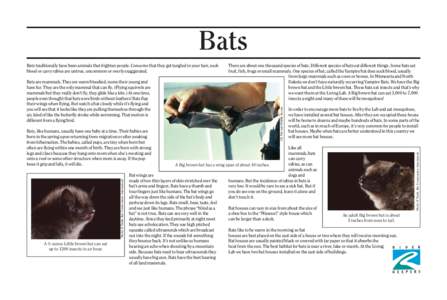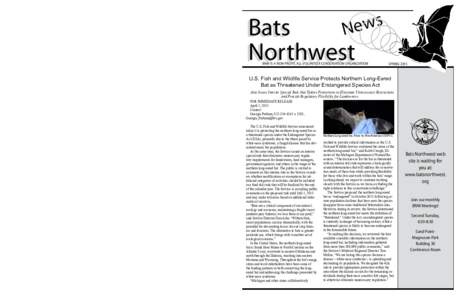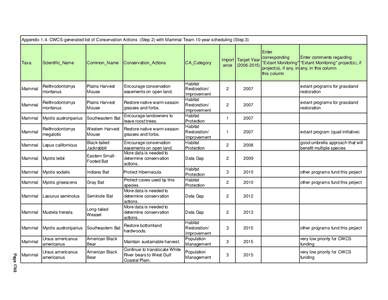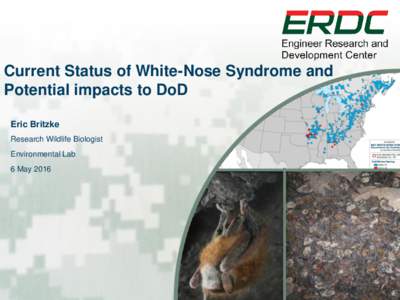 Date: 2012-10-24 09:36:03Pollinators Mouse-eared bats Little brown bat Mist net Animal echolocation Cricket bat Big brown bat Gambian Epauletted Fruit Bat Gray Bat Bats Vesper bats Animal flight | |  CCAC species-specific recommendations on: BATS The species-specific recommendations are intended to complement the CCAC guidelines on: the care and use of wildlife by providing information on ‘best practices’ for var CCAC species-specific recommendations on: BATS The species-specific recommendations are intended to complement the CCAC guidelines on: the care and use of wildlife by providing information on ‘best practices’ for var
Add to Reading ListSource URL: www.ccac.caDownload Document from Source Website File Size: 80,31 KBShare Document on Facebook
|






 CCAC species-specific recommendations on: BATS The species-specific recommendations are intended to complement the CCAC guidelines on: the care and use of wildlife by providing information on ‘best practices’ for var
CCAC species-specific recommendations on: BATS The species-specific recommendations are intended to complement the CCAC guidelines on: the care and use of wildlife by providing information on ‘best practices’ for var